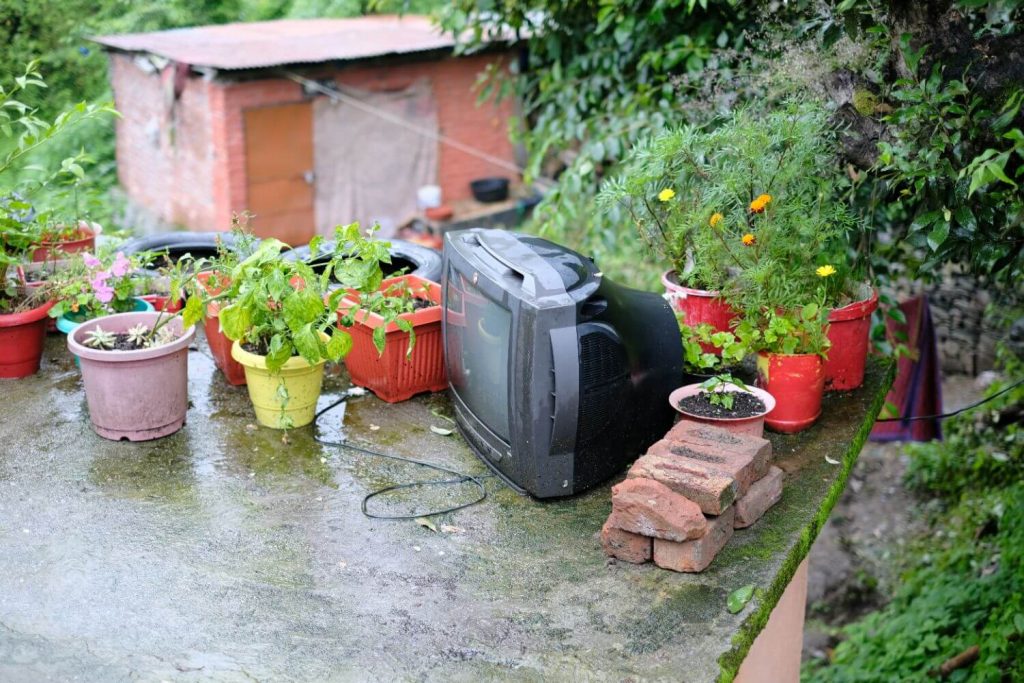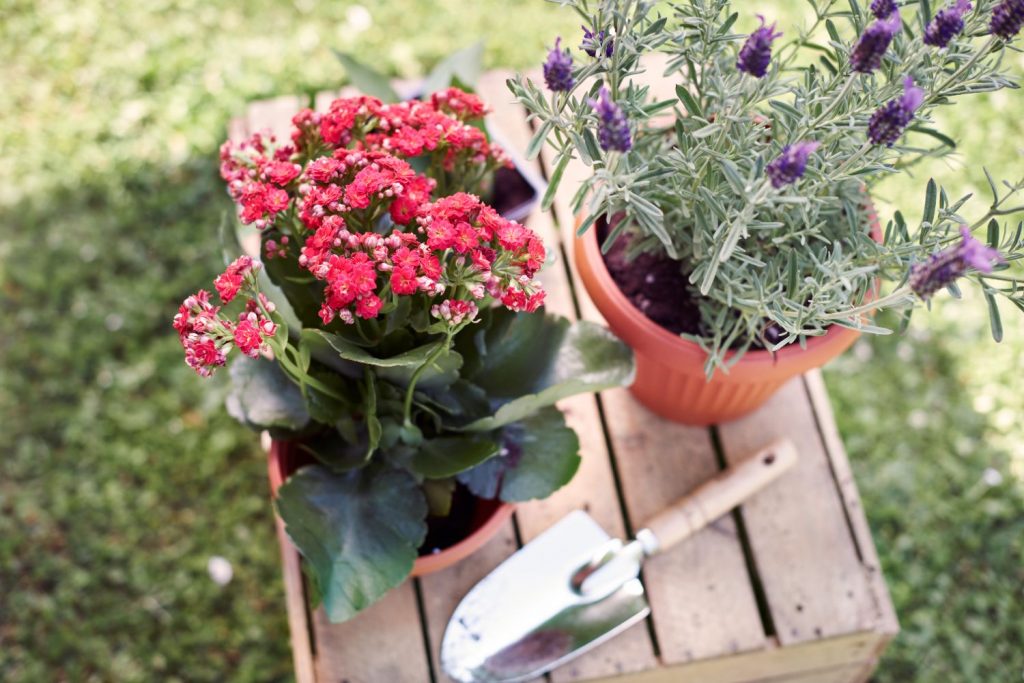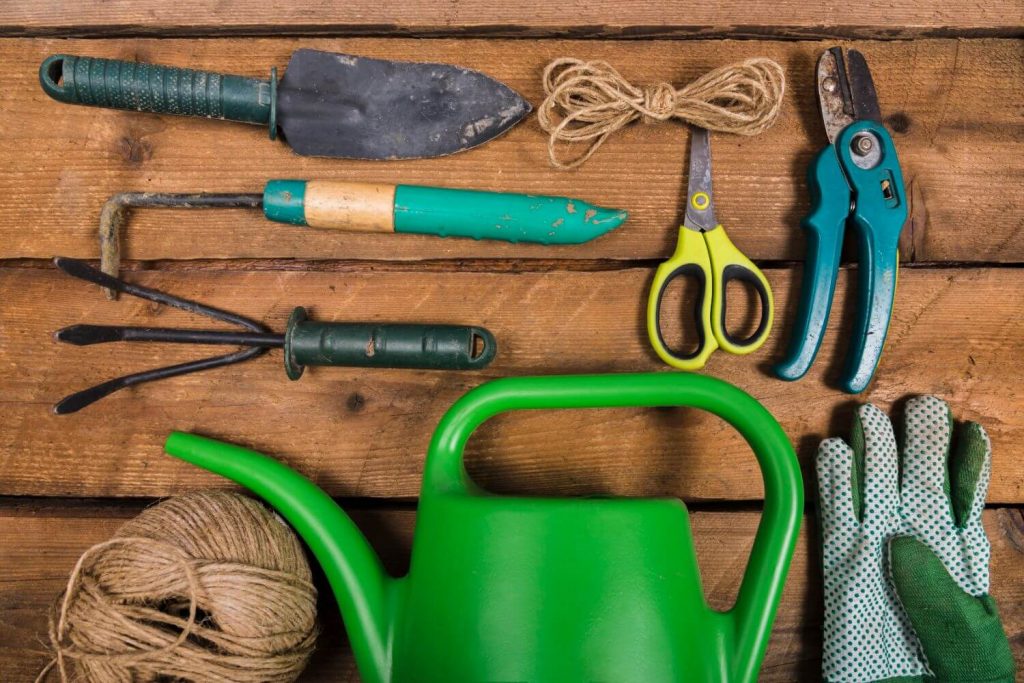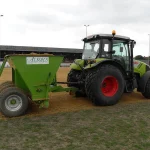As the golden days of summer fade and crisp autumn breezes start to roll in once again, your garden is about to enter its most transformative season. The autumn months are a key period for garden preparation, ensuring your outdoor space is ready for autumn and winter and healthy growth in spring.
The end of Summer is the perfect time to prepare your outdoor space for the colder months ahead—tidying up, protecting delicate plants, and setting the stage for a vibrant spring. As experts in topsoil, compost and overall garden maintenance, we’ve curated a guide that provides everything you need to do to ensure your garden not only survives autumn but thrives come spring. Addressing essential garden tasks in the fall helps prevent issues caused by seasonal changes, such as storm damage and leaf buildup.
Before we go any further, here is a checklist of non-negotiables you’ll need to do to prepare your garden for autumn. As you transition from the summer months to autumn, timing these tasks is crucial for effective garden care and winter readiness. Want a little extra detail? Click on any point to see why it’s important for your garden this autumn.
Want to print this as a checklist? Download our ‘Preparing your garden for autumn’ checklist here.
Introduction to Autumn Gardening
Autumn gardening is a pivotal time for every gardener, marking the transition from the lush growth of summer to the restful dormancy of winter. As the nights draw in and temperatures drop, it’s essential to prepare your outdoor space for the colder months ahead. This season is all about protecting your plants from frost damage, improving garden soil, and making sure your garden equipment is clean and ready for next year.
By following tried-and-true autumn gardening tips—like mulching garden beds with manure, planting spring-flowering bulbs, and tackling essential autumn garden jobs—you’ll set the stage for a vibrant, healthy garden when spring arrives. Don’t forget to focus on composting, caring for tender plants, and planning ahead to ensure your garden is not only beautiful but resilient, year round.

First things first – Cleaning, Tidying and Organising
Before diving into the details, it’s important to create a tidy space so all your plants, soil, and work areas are easily accessible. To get started, make sure you do the following.
Clearing debris and cleaning surfaces, such as gutters and windows, helps maximize available light in the garden as days get shorter.
Clear leaves and any other debris
Alongside making your garden look cluttered, fallen leaves, dead plants, and garden waste can attract pests and diseases. Collected fallen leaves can be placed in a leaf mould bin to create valuable organic mulch for the garden. Removing them keeps your garden healthy and tidy.
Store garden furniture
Although most garden furniture is made to be weather proof, save yourself the hassle of cleaning grime and mould next spring. Protect outdoor furniture from rain and frost by storing it in a shed or covering it with waterproof covers.
Give ponds some attention – clean and cover your pond
Remove leaves and debris from your pond, check the filtration system, and consider covering it to protect fish and plants from harsh autumn weather.
Bring vulnerable plants indoors
Don’t leave your plants out to die! Any frost-sensitive or tropical plants, including potted plants, should be moved inside or to a sheltered spot to survive the cooler months.
Clear Gutters
Leaves and twigs can block gutters, causing water to overflow and damage plants or hard surfaces. Give them a clean before heavy rains arrive.

Prepping the soil and ground
Before the colder weather arrives, give your soil the care it needs to withstand the months ahead. Preparing for cold weather is essential to protect both soil and plants from potential damage.
Taking a few simple steps now will protect the ground, strengthen your lawn, and ensure beds and borders are ready to flourish in spring — saving you both time and effort later. Addressing soil compaction and aeration at this stage can improve drainage and help prevent waterlogging.
These preparations will help your garden thrive during the winter months.
Get the mower out
Give the lawn a final cut before the ground becomes too wet, and remember to check and maintain your lawn mower before storing it for winter. Keeping grass shorter helps protect lawns from frost damage and fungal disease during the colder months. Additionally, you can collect the clippings for your compost heap!
Deal with worm casts
Brush down worm casts to keep the lawn level and prevent bare patches. Their presence is a good sign of soil health, but left untreated, the mounds can create uneven surfaces and encourage weeds.
Dig up any old flowers
Clear away spent annuals and cut back perennials. Removing dead growth prevents pests and disease, while also making space to dig in compost or manure.
Deweed your garden
Pull up weeds before they establish over winter. Once cleared, cover the soil with compost, such as garden compost, or topsoil to suppress regrowth and prepare the ground for spring.
Feed your lawn / add fertiliser
Apply an autumn lawn feed after you remove thatch and moss from the grass, or use a topdressing of topsoil. Strengthening the roots now helps the lawn withstand frost and encourages thicker growth once the weather warms.
Mulch your flower beds
Spread a thick mulch of compost, bark, or manure over borders. This insulates the soil, suppresses weeds, and releases nutrients gradually as it breaks down.
Look after your soil – Rehydrate
Water dry soil before the frosts set in. Once moisture has penetrated, add compost, manure, or topsoil to lock it in and keep the soil biology active through winter. If you are storing tender plant tubers or rhizomes, consider keeping them in dry compost to prevent rot during winter.

Prepping your plants
With the soil and ground taken care of, the next step is protecting the plants that need to make it through the winter. Preparing them now will guard against frost damage, support healthy growth, and give bulbs and young trees the strongest start for spring. It’s important to act before the first frosts and winter frosts arrive, as timely preparation helps prevent frost damage and ensures your garden is ready for the colder months. Make sure bulbs and perennials are planted at the right depth and time for best results.
Plant bulbs
Autumn is the perfect time to plant spring-flowering bulbs. Many spring bulbs are best planted in late autumn for optimal blooms. Place them deep enough to avoid frost, in soil that has been enriched with compost or manure. Doing this now allows roots to establish before the ground hardens.
Protect Young Trees and Plants
Wrap fleece around vulnerable plants or use bubble wrap as an additional insulator for extra protection against frost, and use guards to protect young tree trunks from frost and wildlife. Adding a thick layer of mulch at the base helps insulate roots and lock in moisture.
Tie in climbers and stake trees
Secure climbers to supports and check that trees are well staked. Strong winds and heavy rain can loosen roots in winter, so keeping plants stable prevents damage and encourages straight growth.
Keep an Eye on Those Roots
Novice gardeners often make the mistake of removing plants completely, including the roots. The preferred method is to cut the plant at the surface, giving the roots the chance to aerate your garden soil. Make sure to then cover exposed roots with topsoil or compost to protect them through winter.
Sow Cover Crops into your Soil
Sowing cover crops in autumn helps protect bare soil from erosion, improves structure, and adds valuable organic matter as they break down. Green manures such as clover, rye or vetch fix nitrogen and enrich the soil, leaving it healthier and ready for planting when spring arrives.
Additional things to consider
You’ve ticked off your autumn garden jobs — great work! If you want to go one step further and really get ahead for spring, here are a few extra tasks to keep you organised and fully prepared.
A visit to your local garden centre is a great way to stock up on supplies, tools, and essentials for autumn and winter gardening tasks.
Planting evergreens or perennials now can help fill gaps in your borders and provide structure and visual interest during the winter months.
By preparing your garden now, you’ll ensure it’s in top condition and ready for healthy growth and vibrant displays next summer.

Clean your tools
Before putting them away for winter, give your tools a good clean. Remove any soil, sharpen blades, and lightly oil moving parts to prevent rust. Well-maintained tools not only last longer but also make spring gardening much easier.
Repair fences
Check fences, trellises, and supports for loose panels, broken posts, or signs of wear. Repairing them now saves you from bigger issues during winter storms and ensures your garden structures are secure and ready for the new season.
Refill Bird Feeders
Keep bird feeders topped up to support local wildlife over the colder months. Regular feeding helps birds survive the winter and encourages them to return to your garden in spring, where they’ll also help with natural pest control.





